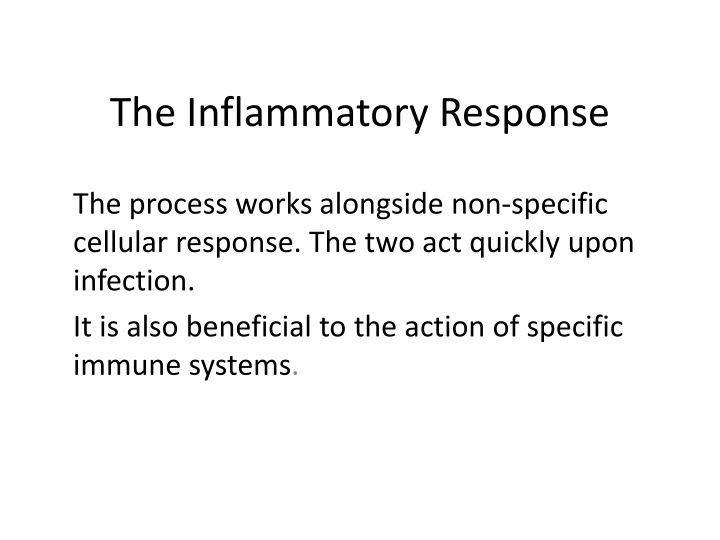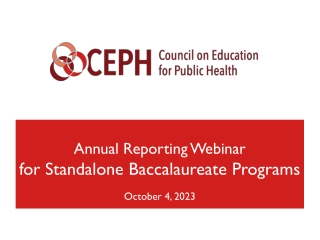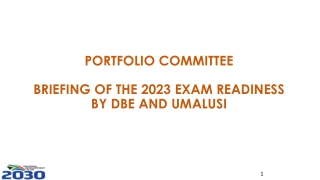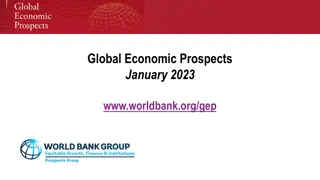
The Inflammatory Response Process
Learn about the mechanisms of the inflammatory response, including key mediators and their actions in the body. Discover how this vital process helps defend against infections and supports the immune system. Explore the effects of the inflammatory response on blood vessels, skin appearance, and pain perception.
Download Presentation

Please find below an Image/Link to download the presentation.
The content on the website is provided AS IS for your information and personal use only. It may not be sold, licensed, or shared on other websites without obtaining consent from the author. If you encounter any issues during the download, it is possible that the publisher has removed the file from their server.
You are allowed to download the files provided on this website for personal or commercial use, subject to the condition that they are used lawfully. All files are the property of their respective owners.
The content on the website is provided AS IS for your information and personal use only. It may not be sold, licensed, or shared on other websites without obtaining consent from the author.
E N D
Presentation Transcript
The Inflammatory Response The process works alongside non-specific cellular response. The two act quickly upon infection. It is also beneficial to the action of specific immune systems.
Inflammatory response There are two major groups of mediators. Cell Derived Mediators (produced by White Blood Cells) Plasma Derived Mediators (found in the blood plasma)
Cell Derived Mediators Arachidonic acid derivatives (Prostaglandins and Leukotrines) Also involved in blood clotting. Produced rapidly local to the site of infection. Short range of action. Degenerate spontaneously. Cytokines Lymphokines and Monokines One of the most important of these is a substance known as interleukin. This stimulates lymphocytes and other white blood cells into action. Also promotes fever by resetting the body's thermostat located in the hypothalamus. In addition it induces drowsiness (somnolence).
Cell Derived Mediators Platelet Activating Factor (PAF) Produces vasodilation. Makes blood and lymph vessels more permeable. Stimulates production of prostaglandins. Histamine Effects are vasodilation and increased vascular permeability. Appears to be effective in the early stages as evidenced by the fact that antihistamines have no effect upon vascular permeability 1 hour after the onset of inflammation. Kinin System Major active component is bradykinin. An extremely potent vasodilator, one of the most powerful known. Also induces pain at the site of infection.
Plasma Derived Mediators Complement An extremely important complex of over 20 proteins found in the blood plasma Increases vascular permeability. Opsonisation basically coating invading cells in order to make them more appetisin to phagocyic cells. Chemotaxis producing chemicals which attract important elements of the specific and non-specific defence mechanisms to the site of infection. Direct lysis of organisms. Interferons These are chemical messages from virally infected cells that are borne in the plasma. They stimulate other cells to produce anti-viral proteins. Virus particles produced in cells exposed to interferon are less effective at infecting other cells
Overall effects of the inflammatory response Blood vessels in the infected area dilate, and as a result blood flow to the area increases. This makes skin in the area look red and feel warm. Capillaries in the area become more permeable allowing fluid to seep into the surrounding tissue. As this occurs oedematous swelling around the infected site occurs. The swelling and the effects of some of the chemicals released results in pain. Hence clinical characteristics of the inflammatory response are known as redness, heat, oedema and pain.


















